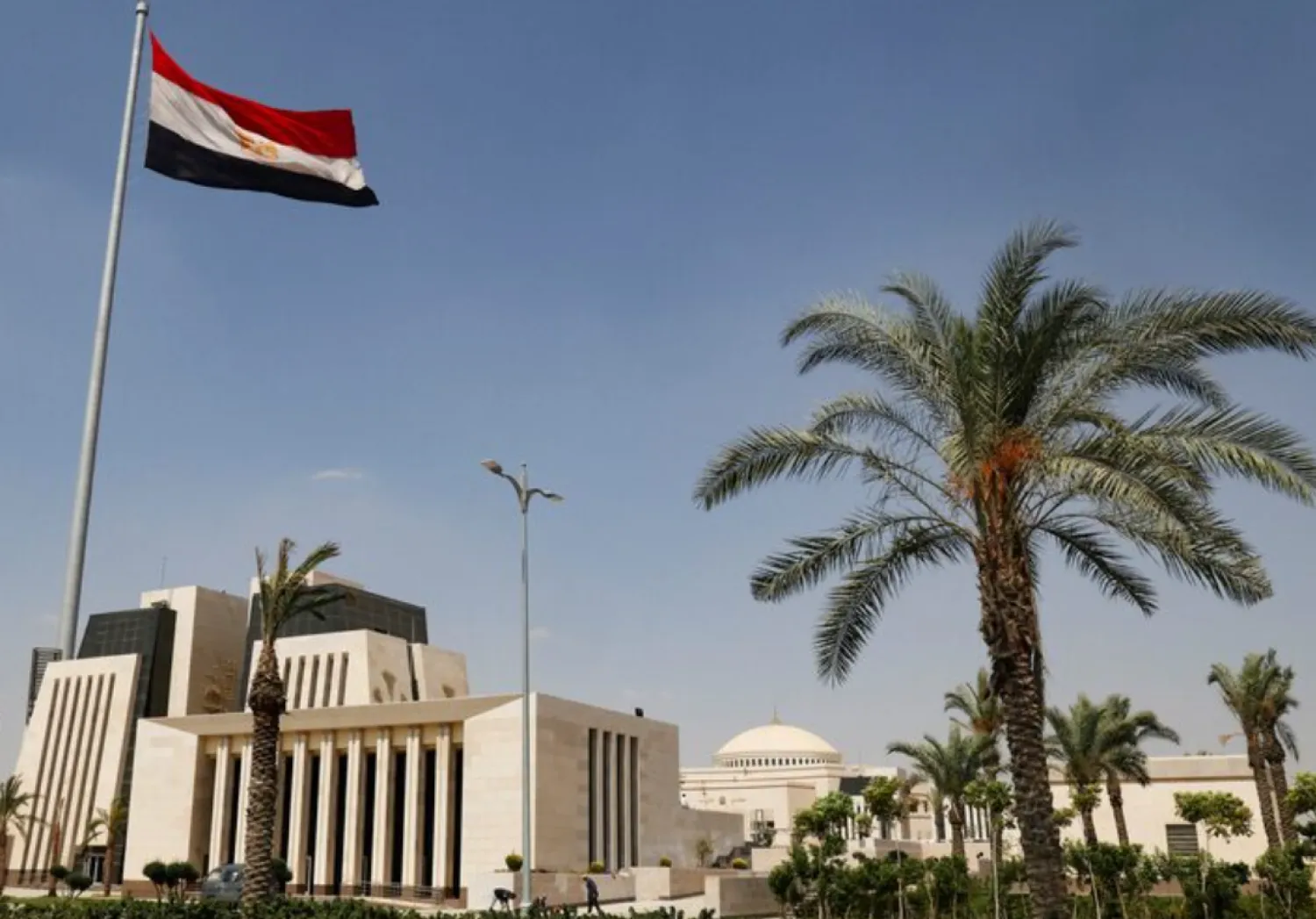Saudi Arabia has excelled in the United Nations E-Government Development Index (EGDI) and its related sub-indices, rising 25 positions in 2024 to join the ranks of leading nations globally.
The Kingdom now ranks fourth worldwide, first regionally, and second among G20 countries in the Digital Services Index. It also secured sixth place in the overall E-Government Development Index, seventh in the E-Participation Index, while Riyadh placed third in the Local E-Services Index, behind Tallinn and Madrid, out of 193 cities globally.
This achievement reflects the government’s extensive efforts and digital reforms under the Vision 2030 initiative, particularly through its Digital Transformation Program and various e-government projects. The private sector also contributed to this progress, as enhanced digital services and infrastructure boosted investor confidence and encouraged investment.
Saudi Arabia’s rise of 25 places marks the first time a Middle Eastern country has entered the global top 10 in the E-Government Index. In 2022, the Kingdom had already advanced 12 places, supported by e-government initiatives. Now, Saudi Arabia, South Korea, and Singapore are the only Asian countries in the top 10.
Additionally, the Kingdom ranked second globally in digital government services among G20 nations, first in the Middle East, and second in Asia. It also made substantial leaps in other areas, climbing 53 spots in the Telecommunications Infrastructure Index and 31 in the Human Capital Index.
The United Nations highlighted Saudi Arabia’s remarkable progress in the E-Services Index, where it jumped 67 places to rank fourth globally. Government digital regulations and the availability of open government data both reached 100%, while the Kingdom advanced 60 places in e-participation and consultations with citizens and businesses.
The Saudi Minister of Communications and Information Technology, Abdullah Al-Swaha, expressed his gratitude to King Salman bin Abdulaziz and Crown Prince Mohammed bin Salman for their unwavering support of the digital sector and government transformation efforts. He credited this backing for Saudi Arabia's historic rise in global digital rankings, reflecting the goals of Vision 2030 and strengthening the country's role as a leader in the regional and global digital economy.
Governor of the Digital Government Authority Ahmed Al-Suwayan highlighted that the Kingdom’s progress in the UN E-Government Development Index is a direct result of leadership support. He emphasized that reforms and investments under Vision 2030 have enhanced cooperation between government entities, leading to the adoption of emerging technologies and the launch of key digital initiatives.







